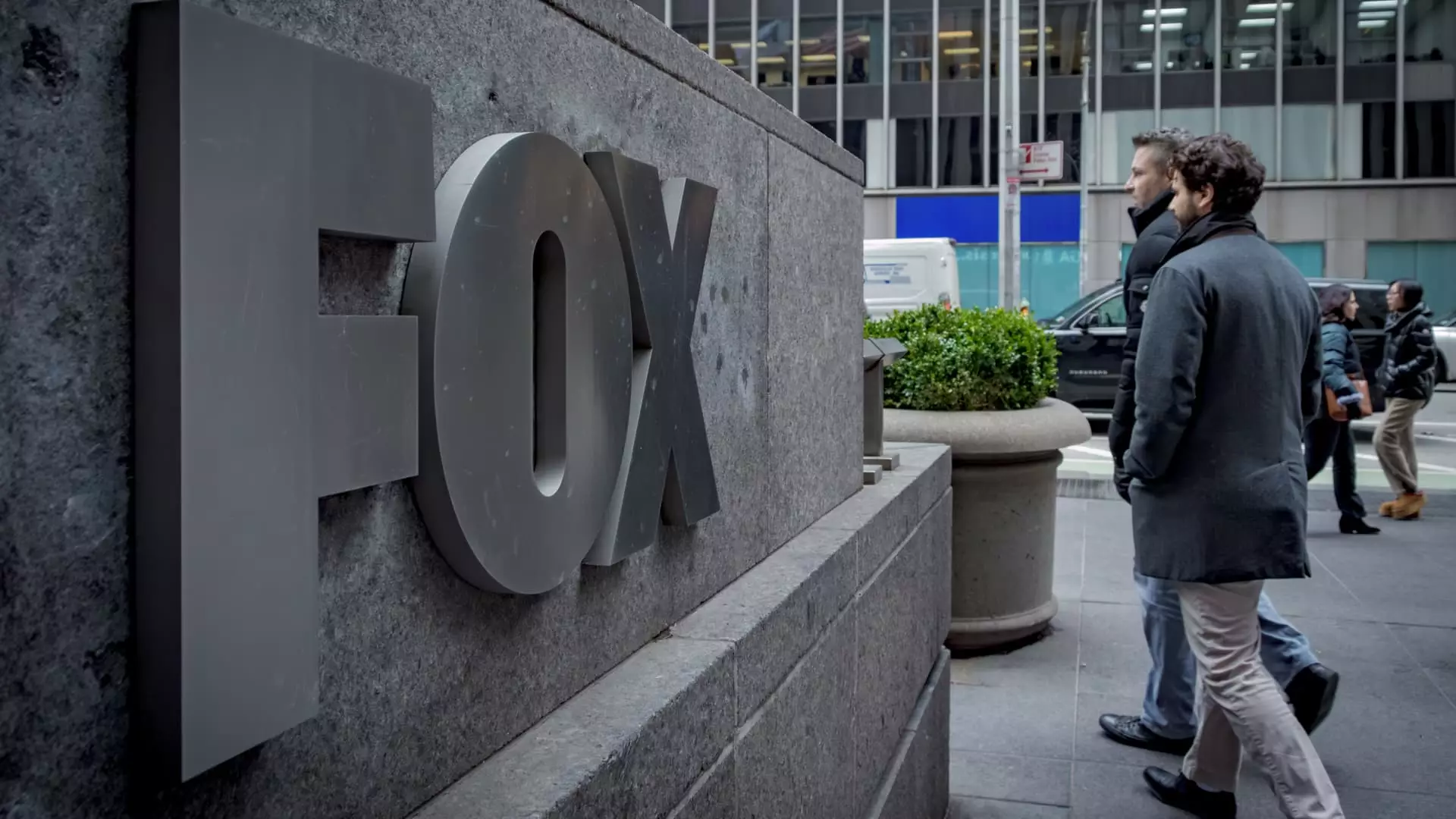Fox Corp.’s decision to launch Fox One at this juncture is almost baffling in its lack of ambition and clear vision. While the media landscape is rapidly evolving—driven by the hunger for exclusive, original content—Fox appears content to lean into a basic aggregation of its existing offerings, with minimal innovation or differentiation. This approach signals a fundamental misunderstanding of what today’s discerning streaming consumers truly desire: engaging, value-added, and exclusive visual storytelling. Rather than seizing this moment to reinvent and elevate its digital presence, Fox is offering a predictable, largely derivative service that feels more like a stopgap than a strategic leap forward.
Their choice to keep the service free for pay TV subscribers and offer it at a relatively high $19.99 monthly fee for others betrays a mixed messaging approach. Instead of clearly defining what makes Fox One compelling, the company seems content with a lukewarm middle ground that neither attracts the next-generation viewer nor appeals to traditional sports fans. This lack of focus undermines the opportunity to build a distinctive brand identity in an intensely competitive streaming market that rewards innovation, not mere aggregation.
Neglecting the Power of Original Content and Exclusive Rights
Most successful streaming platforms thrive because they cultivate exclusive content—whether original series, films, or rights to live events—creating barriers to entry that lock viewers into their ecosystems. Fox’s peculiar restraint in this area—offering no original programming and relying solely on the existing archive of live sports and news—risks rendering Fox One a dull, forgettable service. It ignores a fundamental truth: in the age of streaming, viewers aren’t just looking for access to content; they crave engagement, storytelling, and a sense of belonging to a cultural community.
By refusing to invest in original programming, Fox not only diminishes its competitive edge but also sends a message that it is more interested in picture-in-picture drag-and-drop revenue rather than cultivating a loyal subscriber base. Live sports provide a reliable anchor, but they are no longer enough. Viewers increasingly seek companion content—behind-the-scenes documentaries, exclusive interviews, or curated storytelling—that enhances the core live experience. Fox’s apparent complacency reflects its failure to adapt to these shifting consumer preferences.
Financial Prudence or Missed Opportunity?
While Fox’s CEO claims the service will be modest and not a disruptive addition to traditional pay TV, this cautiousness may be a sign of shortsightedness rather than fiscal prudence. The industry is accelerating toward direct-to-consumer models—Disney’s aggressive push with ESPN+ and Netflix’s empire of original content exemplify this trend. By intentionally avoiding heavy investments in original content or extensive rights acquisitions, Fox risks becoming irrelevant in a landscape that rewards differentiation and innovation.
Furthermore, their plan to bundle Fox One with other streaming services and aim for a targeted audience seems like an afterthought rather than a strategic pillar. This piecemeal approach obscures the opportunity for a flagship service that could elevate the entire brand. Instead of crafting a compelling product that consumers eagerly seek out, Fox is treading water—remaining tethered to its traditional media roots while hoping for the best in a rapidly transforming industry.
The Irony of Progress and Contraction
Ironically, Fox’s restrained approach to streaming highlights a broader industry dilemma: the difficulty of balancing legacy assets with the demands of a digital future. The company’s decision to center its portfolio around sports and news—industries with loyal but aging audiences—may seem shrewd in terms of preserving core revenue streams. However, it also signals a failure to understand the shifting demographics and content consumption patterns that define the modern era.
The reluctance to push for more daring, innovative offerings—such as original content, interactive features, or targeted community-building initiatives—places Fox at risk of obsolescence. Rather than becoming a pioneer, Fox appears to be settling into a defensive posture, hoping that existing content will suffice. That strategy may keep the lights on temporarily, but it won’t guarantee relevance as competitors rapidly outpace them with more compelling, personalized, and exclusive streaming experiences.
—
In essence, Fox One embodies a missed opportunity—an underwhelming, cautious response to the inevitable shift toward direct streaming that could condemn the brand to obsolescence rather than evolution. If Fox truly wants to thrive in the digital age, it needs to shed its conservative tendencies and embrace a bold, innovative vision centered around content that commands exclusive attention and fosters genuine loyalty.


Leave a Reply